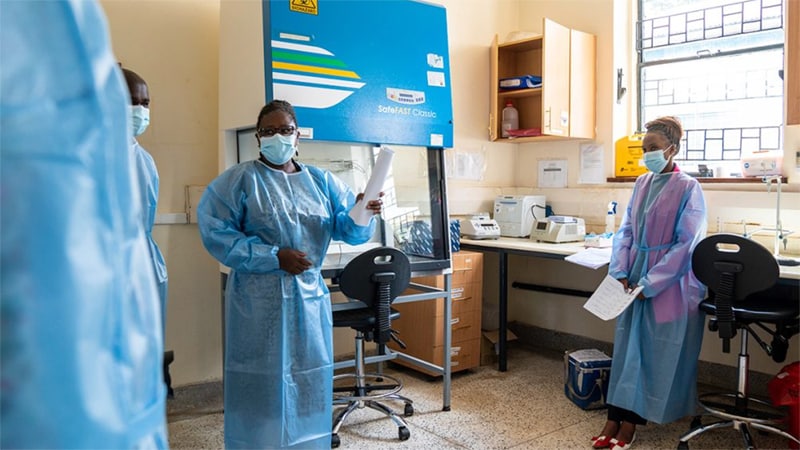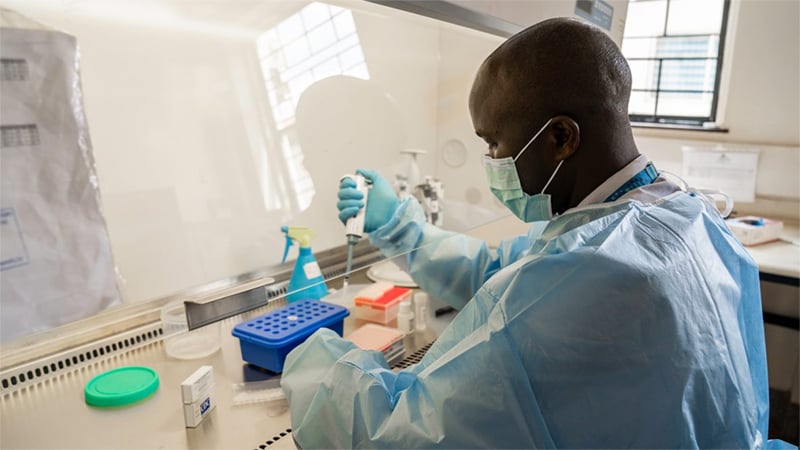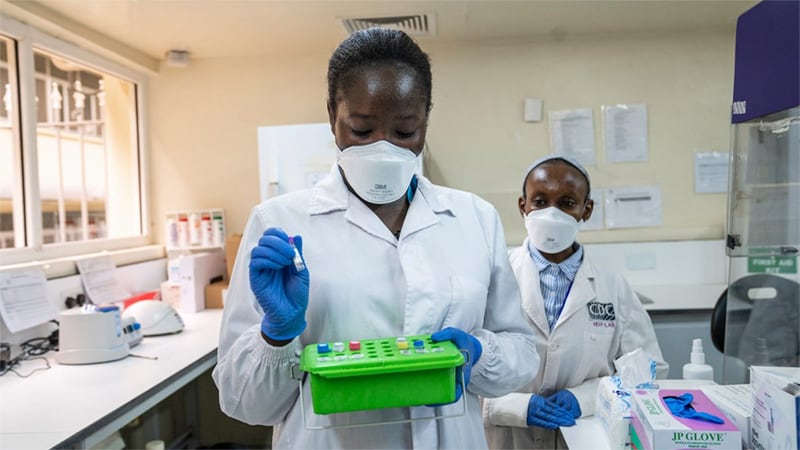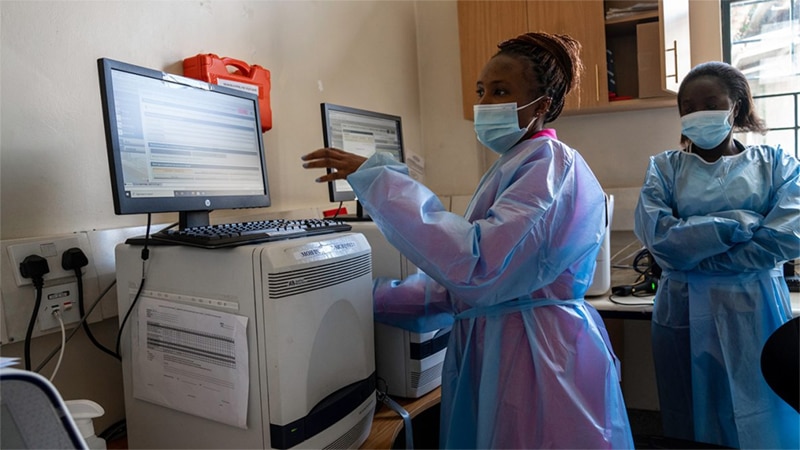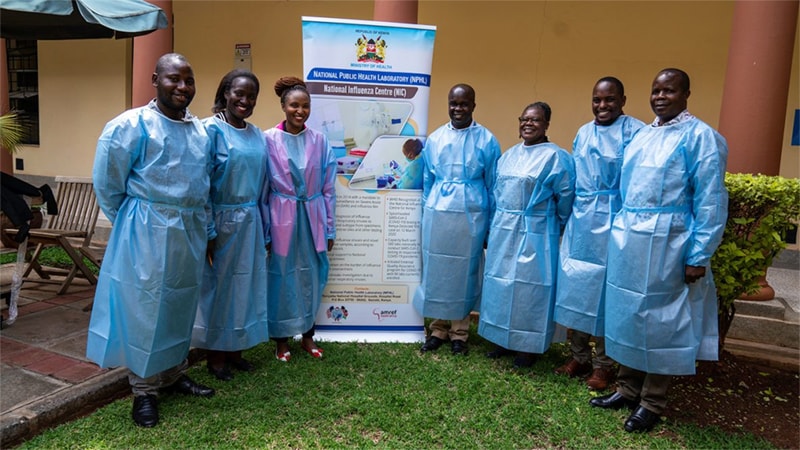What to know
Kenya's National Influenza Center (NIC) played a key role during the COVID-19 pandemic. When the pandemic started, CDC Kenya and staff from the Kenyan Ministry of Health collaborated to prepare the NIC laboratory for COVID-19 testing. On March 2020, the laboratory detected the first COVID-19 case in Kenya. CDC's past investments in the NIC were instrumental in strengthening Kenya's laboratory capacity to detect, investigate, and respond to COVID-19.
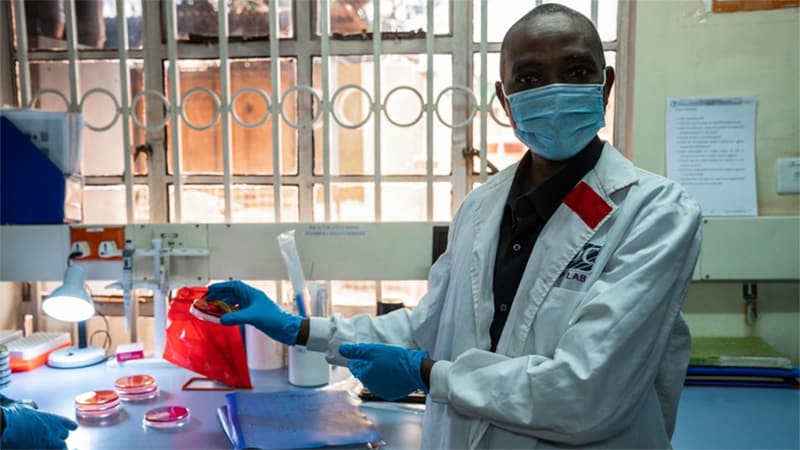
Photo essay
